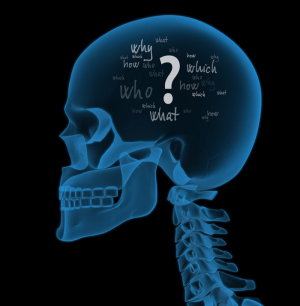Study finds patients confused by radiology reports
por
John W. Mitchell, Senior Correspondent | May 22, 2018

While medical language in radiology reports is appropriate for physicians, patients often don’t pick-up on essential cues for follow-up care, such as repeat images. A research team at the Emory University School of Medicine concluded that as doctors and hospitals strive to be more patient-centric with medical record access through online portals, they need to watch the medical jargon.
“We wanted to show that radiology reports do not meet the criteria for readability that is appropriate when communicating to most patients in writing,” Dr. Nadja Kadom, lead author and director of Pediatric Neuroradiology and Neuroimaging at Emory, told HCB News.
However, much of what is in radiology reports needs to be maintained for medical specificity, she added. The good news is that the findings suggest an opportunity for radiologists to improve their communication.
“Patient-centered reporting in radiology is much needed because the radiology reports, as they are, are not written in a fashion that is appropriate for most patients,” said Kadom. “Radiologists can add separate messages to patients in the report that are written in an appropriate language.
The study, published in the Journal of the American College of Radiology, reviewed 55,575 Emory rad reports. The study team cited the recommendations of “authoritative bodies” that written patient communications be conducted at a fourth- to sixth-grade level. However, on average, studies are written at a 12th- to 13th-grade level. Five readability metric scales were applied, such as the Gunning Fog and Flesch-Kincaid Reading Ease scales.
“We found that of various radiology subspecialty report types, none were written at a language readability level appropriate for most patients,” Kadom said. “We need to find a solution to provide patient-centered written communication in radiology.”
Part of the problem, the study concluded, is that standard report language understandably lends itself to physicians, and not so much to patient comprehension. RSNA, for example, lists more than 75,000 technical terms and synonyms to ensure medical accuracy in radiology reports.
To help improve such communications, Kadom reports she is developing appropriate, simplified messages she calls “Info-RADS” aimed at patients. This, she explained, should help patients more clearly understand important instructions to seek follow-up consultations or exams.
|
|
|
You Must Be Logged In To Post A Comment
|
